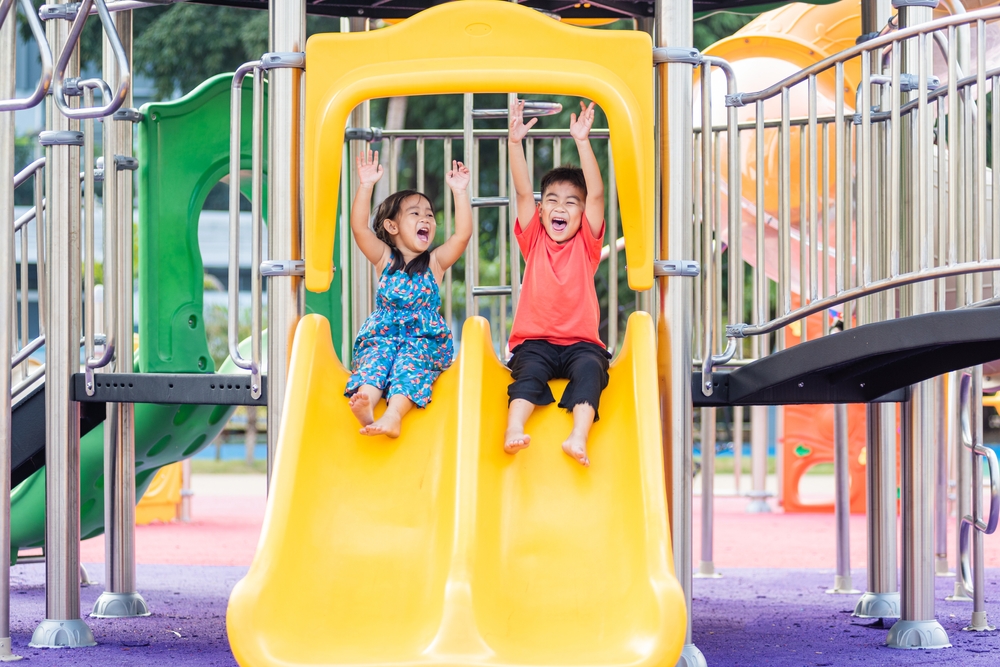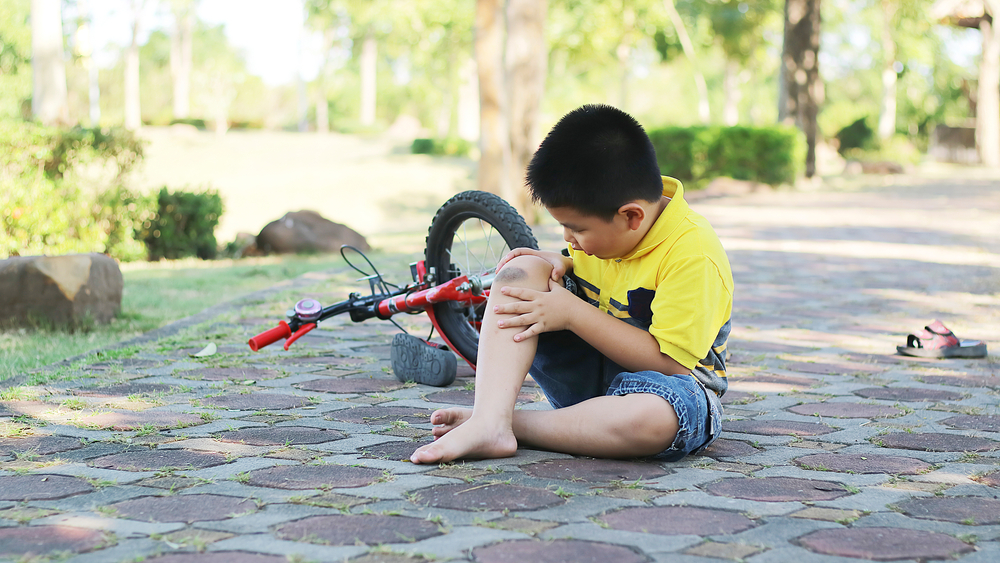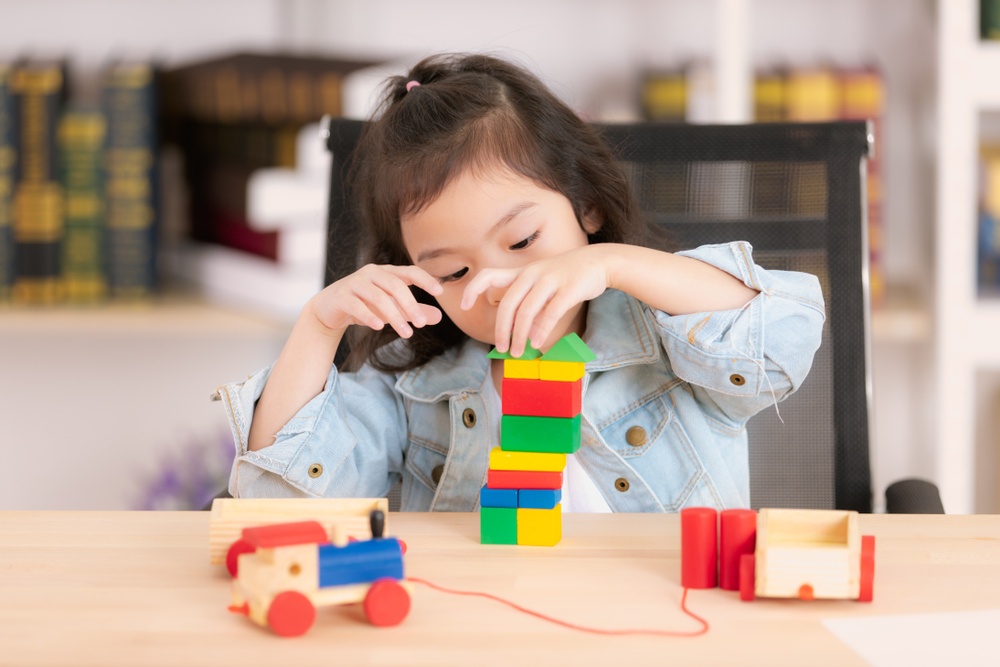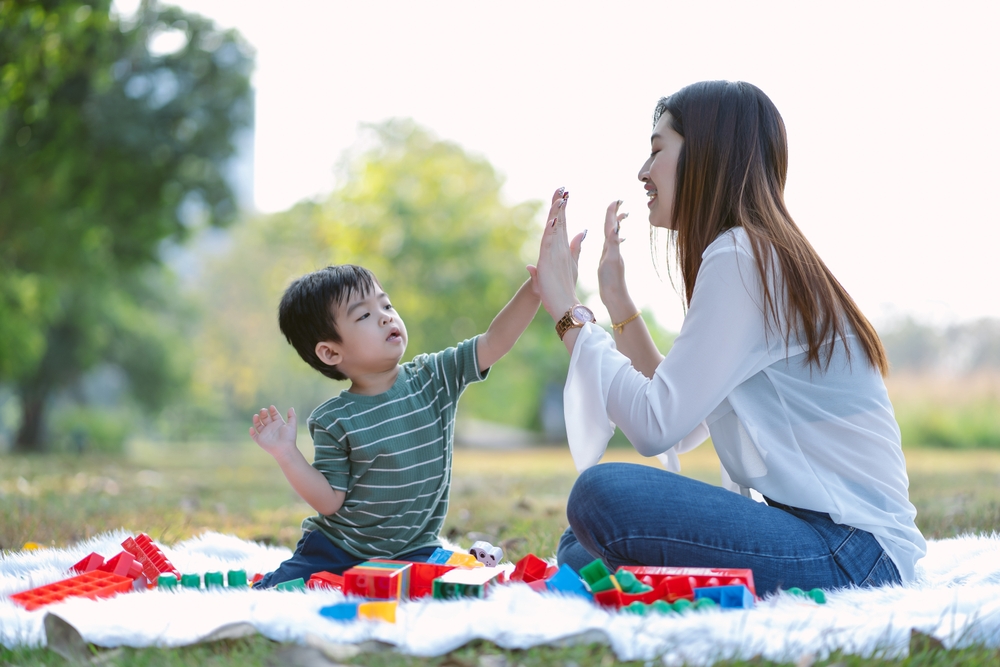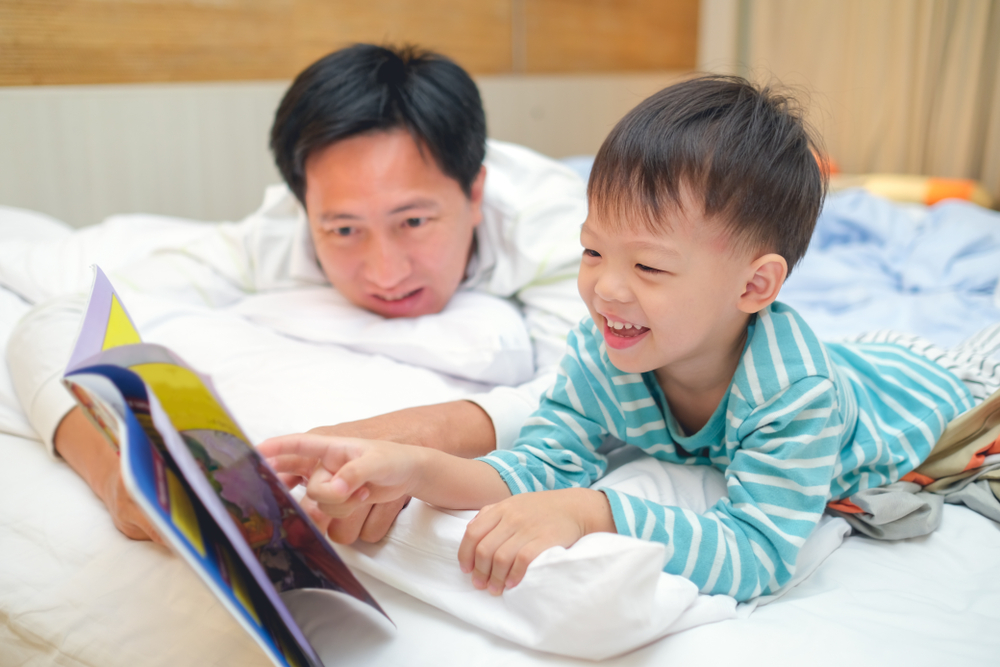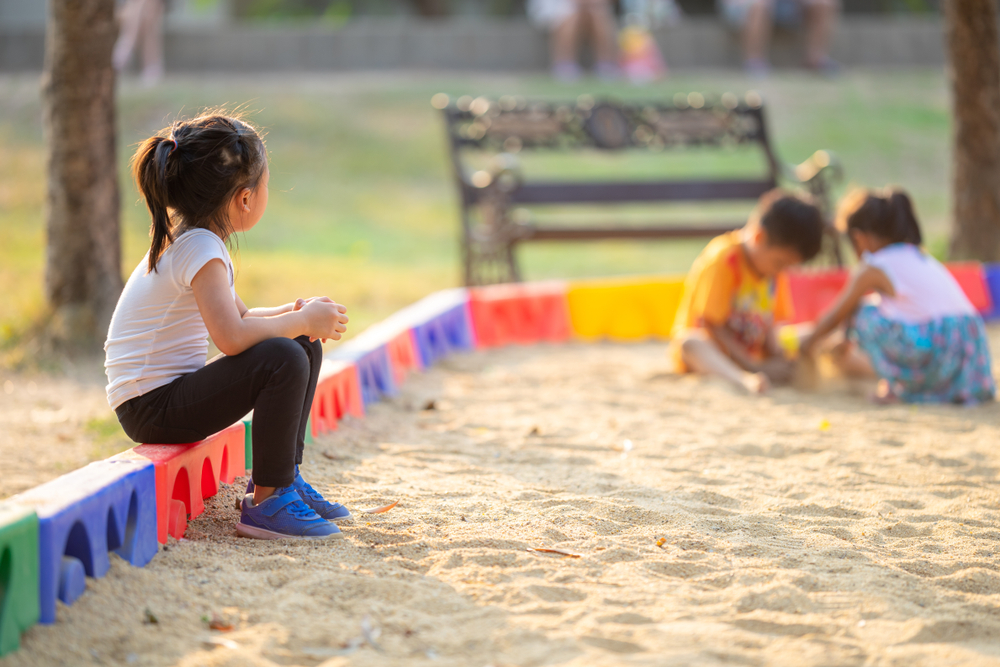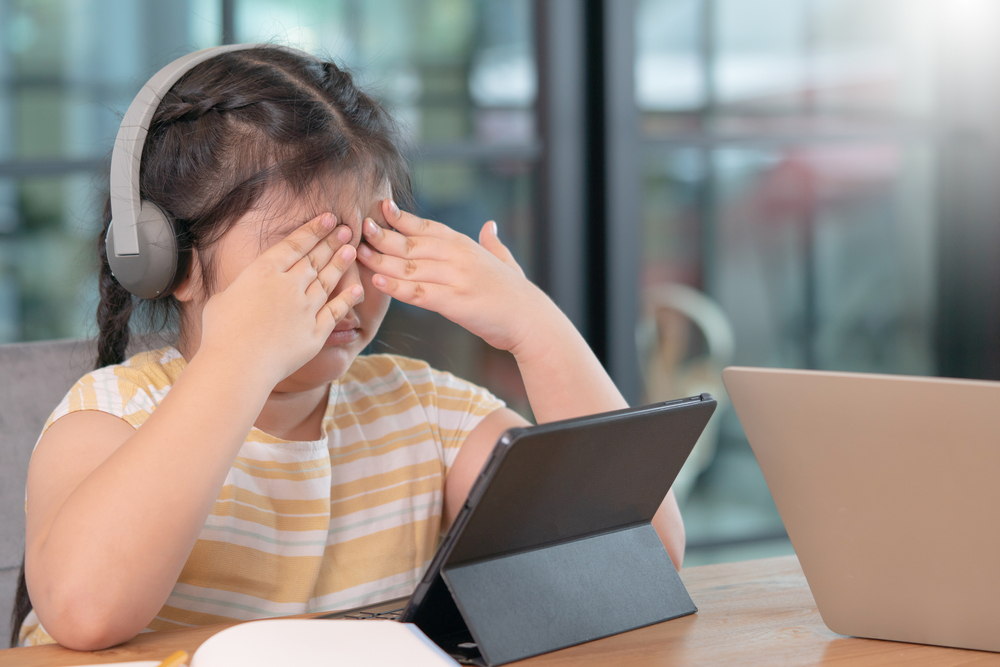school

Written by : Doctor Cheung Kit
The year-end is a season of mixed emotions, with both joy and pain. The pain may come from children having exams or working parents being busy with the year-end matters for their companies. The joy lies in having a longer holiday, providing an opportunity for travel and relaxation. However, many parents are actually anxious because they have planned a trip with their children, and the concern arises: What if the child falls ill during this time?
If it’s an accident or a serious illness, the trip will inevitably be canceled. The bigger issue is when the child gets a minor illness, and there’s a fear it might affect the travel plans. First and foremost, the author suggests “prevention.” Some may wonder, how can illness be prevented? The answer is yes, as long as strict measures are taken in the two weeks before departure. Firstly, the author recommends getting the flu vaccine for the child at least two weeks before departure, as the vaccine takes half a month to take effect. Among many fever-related illnesses, only the flu has a vaccine that can be administered.

Next, among the most common simple infectious diseases in children, such as viral gastroenteritis, upper respiratory tract infections, chickenpox, and acute gastritis, the incubation period is generally within a week. Therefore, parents must try to avoid exposing their children to the sources of such diseases, including indoor play centers, swimming pools, hospitals, and playgrounds, among others. Although the measures may be stringent, if travel is the goal, some sacrifices may need to be made. Moreover, if unfortunately, the child falls ill within the two weeks before departure, theoretically, there should be enough time for recovery.
If the child falls ill just before the trip, the first thing to do is, of course, to see a doctor. When it is confirmed to be a minor ailment, pay attention to the following five points:
- Ask the doctor to prescribe enough medication until the end of the journey.
- If the medication (such as liquid antibiotics) needs to be stored in the refrigerator, consider the storage between hotels.
- Ask the doctor to prepare a letter or record of the course and diagnosis results in the health handbook for local medical personnel to follow.
- If you need to bring liquid medication on the plane, inquire with the airline first. When necessary, the doctor should notify the airline in writing in advance.
- Inquire with the travel insurance company about local arrangements for emergency medical care.
Sometimes, children falling ill cannot be completely avoided, but there are always things that can be coordinated.










